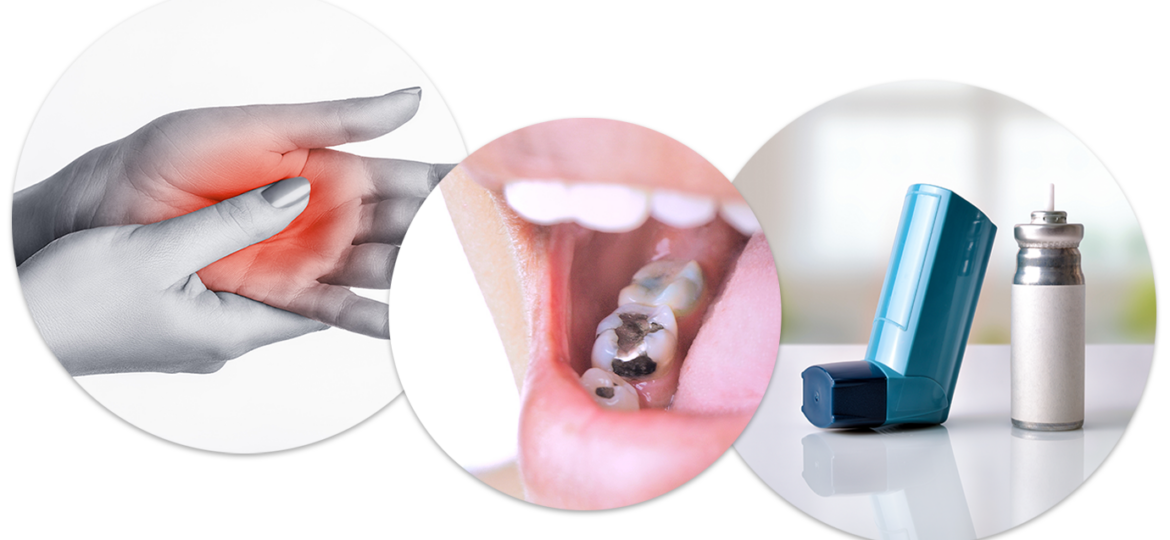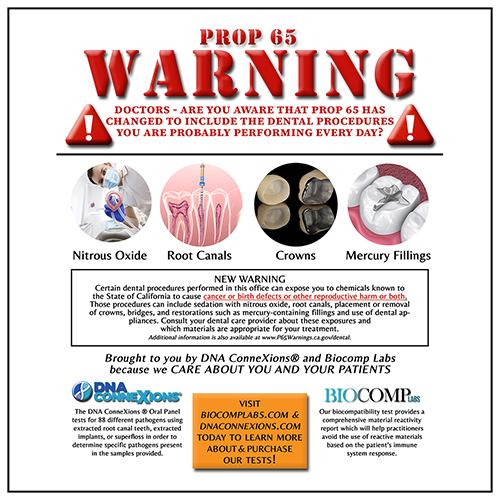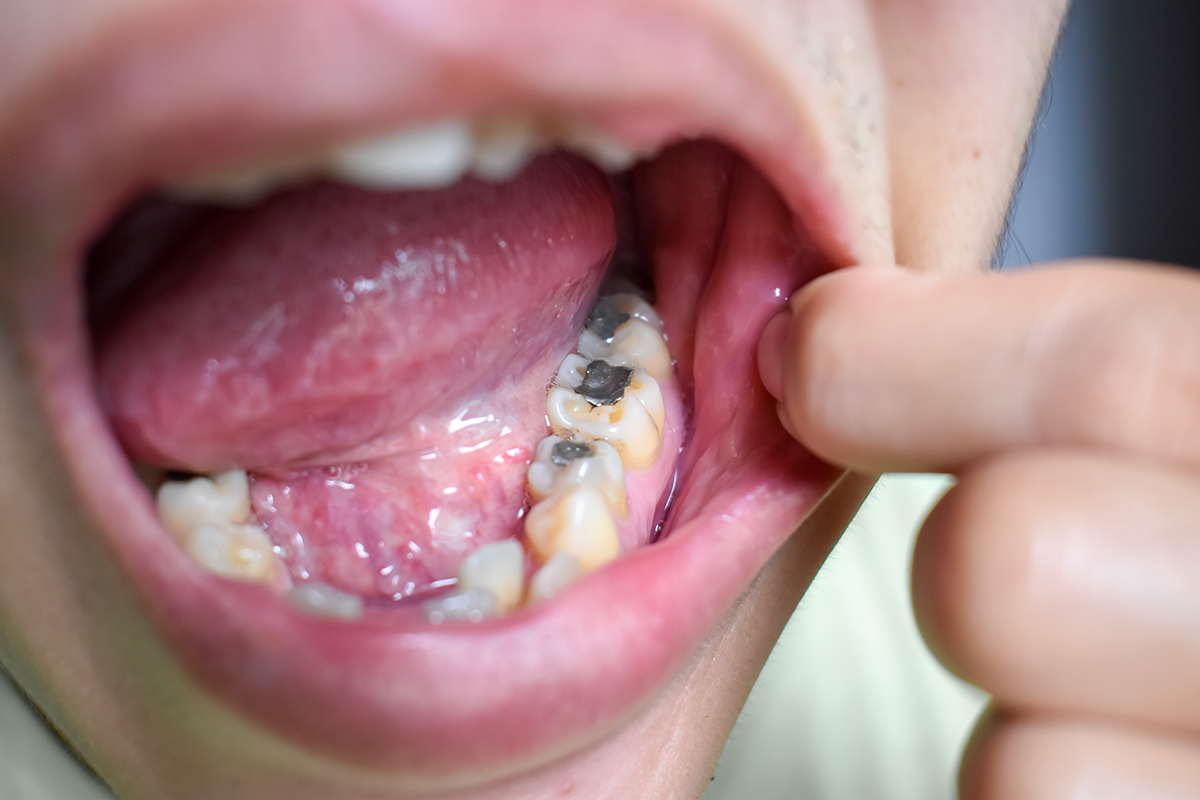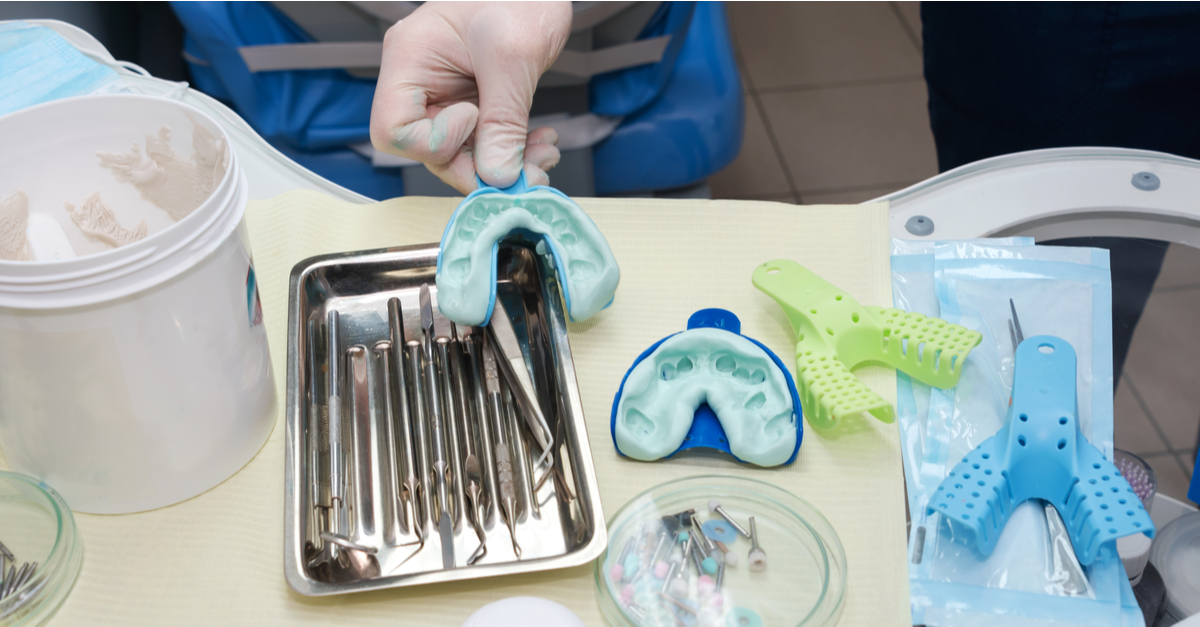
Most people think of asthma and arthritis as two very separate diseases…with the only thing they have in common is they both start with the letter “A”. However, they both actually share a mutual link, to exposure to mercury dental amalgam.
According to the National Heart, Lung, and Blood Institute, a subdivision of the National Institute of Health (NIH), the exact cause of asthma is unknown. Asthma can occur when the immune system has a strong reaction to substances in the lungs, such as pollen or mold.
These are some of the other risk factors for asthma suffers:
- Allergies: Asthma is usually a type of allergic reaction. People who have asthma often have other types of allergies, such as food or pollen.
- Obesity: This condition raises your chances of developing asthma or making your asthma symptoms worse.
- Race or ethnicity: African Americans and Puerto Ricans are at higher risk of asthma than people of other races or ethnicities. African American and Hispanic children are more likely than non-Hispanic white Americans to die from asthma-related causes.
- Sex: More boys than girls have asthma as children, while asthma is more common among women in teens and adults.
- Occupational hazards: Breathing in chemicals or industrial dust in the workplace can raise your risk of developing asthma.
Like many diseases that people develop where doctors say, “We don’t know the cause, but we can give you medication for your symptoms”, asthma is just another one of those serious diagnoses. Fortunately, studies are being published that can guide people to perhaps the real root cause of their disease and even more importantly maybe even reverse it!
So often the cause of disease manifestation, actually starts in the mouth, this information can be found in the scientific literature, but like most research, you have to know where and how to look for the information. Similarly, like many other professions such as law and science, they have their own language – that is not common to the layperson. This makes searching for solutions even more difficult when you look for a specific health condition.
A 2021 study by Mark and David Geier evaluated the information using the National Health and Nutrition Examination Survey (NHANES) database on people exposed to mercury dental amalgam and individuals that had no mercury dental amalgam. It had been hypothesized that the mercury vapor from the dental fillings may have a negative impact on the respiratory system, therefore, inducing asthma. They only used the information of people who were newly diagnosed with asthma. The researchers considered variables such as gender, race, socioeconomic status, educational status, country of birth, and tobacco exposure in their analysis. They found that the more mercury dental amalgam fillings an individual had, the increased risk of an asthma diagnosis.
ARTHRITIS
Arthritis is another very common disease that according to the Centers for Disease Control (CDC) affects 1 in 4 adults in the United States. The name “Arthritis” literally means joint inflammation, even though it is a symptom or sign rather than a specific diagnosis.
There are several types of arthritis. Common types, as described by the CDC include:
- Ankylosing Spondylitis is arthritis that affects the spine. It often involves redness, heat, swelling, and pain in the spine or in the joint where the bottom of the spine joins the pelvic bone.
- Gout is caused by crystals that build up in the joints. It usually affects the big toe, but many other joints may be affected.
- Juvenile Arthritis is the term used to describe arthritis in children.
- Osteoarthritis usually comes with age and most often affects the fingers, knees, and hips. Sometimes osteoarthritis follows a joint injury. For example, you might have badly injured your knee when young and develop arthritis in your knee joint years later.
- Psoriatic Arthritis can occur in people who have psoriasis (scaly red and white skin patches). It affects the skin, joints, and areas where tissues attach to bone.
- Reactive Arthritis is pain or swelling in a joint that is caused by an infection in your body (according to the CDC). You may also have red, swollen eyes and a swollen urinary tract.
- Rheumatoid arthritis happens when the body’s own defense system doesn’t work properly. It affects joints and bones (often of the hands and feet), and may also affect internal organs and systems. You may feel sick or tired, and you may have a fever.
Arthritis is seen with other conditions and can include the following symptoms:
- Lupus happens when the body’s defense system harms the joints, heart, skin, kidneys, and other organs.
- Infection that gets into a joint and destroys the cushion between the bones.
Symptoms of arthritis can include the following symptoms (these symptoms may also be signs of other illnesses.):
- Pain, redness, heat, and swelling in your joints.
- Trouble moving around.
- Weight loss.
- Breathing problems.
- Rash or itch.
CAUSES OF ARTHRITIS
Some genes have been identified in certain types of arthritis, such as rheumatoid arthritis and juvenile arthritis. People with osteoarthritis may have inherited cartilage weakness.
If you have the gene, something in your environment may trigger the condition. For example, a repeated joint injury may lead to osteoarthritis.
Using the NHANES database again, the Geier’s investigated the link between arthritis and mercury dental amalgam. They noted that this cross-sectional study provided the first epidemiological evidence linking mercury dental amalgam surfaces with reported arthritis among the adult US population. Once again, when all of the variables were considered the association remained significant among individuals who were newly diagnosed with arthritis and had mercury dental amalgam fillings. They recommended that dentists warn their patients that mercury dental amalgams may be an increased risk factor for arthritis.
YOUR TAKE AWAY MESSAGE
If you or someone you love has been diagnosed with asthma or arthritis, and have mercury dental amalgam fillings, the individual should only go to a dentist that knows how to remove mercury safely. There are specific, strict protocols that must be adhered to in order to protect not only the patient but the dental workers as well to minimize additional exposure to mercury vapor. The Huggins-Grube Protocol Full Dental Revision was designed for this purpose.
Learn more about –The Huggins-Grube Protocol.
References:
- Asthma Causes and Triggers. National Heart, Lung, and Blood Institute (NIH). https://www.nhlbi.nih.gov/health/asthma/causes Accessed May 17, 2022
- Estrich CG et al. Dental amalgam restorations in nationally representative sample of US population aged ≥15 years: NHANES 2011–2016. J Public Health Dent 81 (2021) 327–330
- Geier DA, Geier MR, Reported asthma and dental amalgam exposure among adults in the United States: An assessment of the National Health and Nutrition Examination Survey. SAGE Open Med. (2021); 9: 20503121211048677.
- National Institute of Arthritis and Musculoskeletal and Skin Diseases (NIH) https://www.niams.nih.gov/health-topics/arthritis Accessed May 18, 2022
- 5. Geier DA, Geier MR, Dental Amalgams and the Incidence Rate of Arthritis among American Adults. Clin Med Insights Arthritis Musculoskel















